Types of nail extension and their features

Beautiful and well-groomed nails have already become an indispensable attribute of a successful woman who cares about maintaining her own image. Regular visits to the nail salon are enjoyable and can help prevent the polish from peeling off or unaesthetic chipping. But nature has not endowed everyone with its own supply of keratin, sufficient to form a strong stratum corneum of the nail plate. And growing the length sometimes turns into real flour. The use of additional means to correct the natural shape or thickness of the plates helps to avoid possible problems.
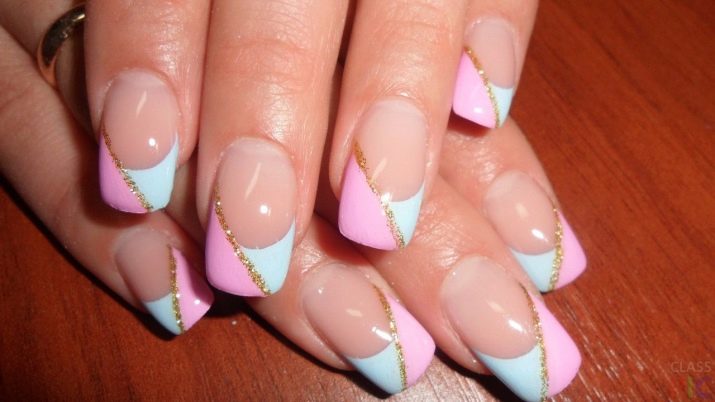
To find out more about what types of nail extension exist, the study of useful thematic materials helps.
Professionals usually use gel or acrylic. Various methods of nail extension with silk and other fabrics are also popular. Among the available shape options, you can find solutions to suit different plate lengths.
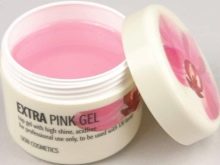
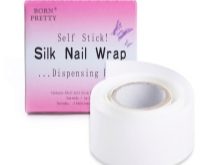
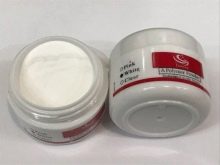
Modeling or building up?
Professional manicurists never confuse two concepts: extension and modeling of nails. The fact is that both of these procedures are not mutually exclusive, but they solve completely different problems. Which ones are worth considering in more detail.
- Extension is aimed at increasing the own length of the nail plate. Can be used as part of the grooming process.If it turns out to be impossible to achieve the desired length on your own, you should pay attention to the possibility of a quick and effective solution to the problem with the help of artificial materials.
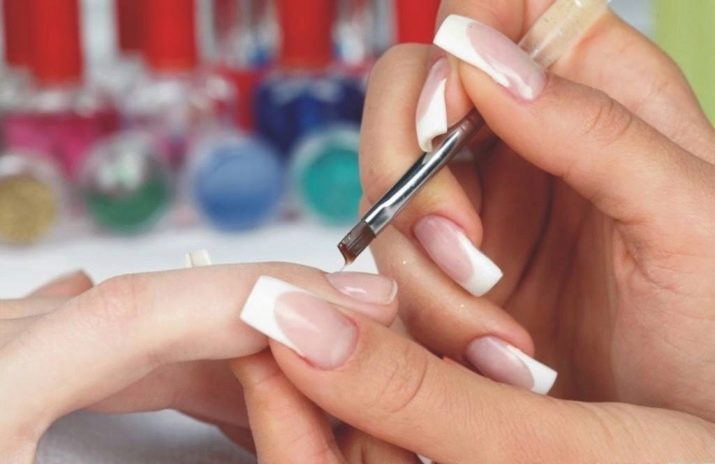
- Modeling is aimed at designing the external appearance of the nail plate. It allows you to ensure the elimination of visual defects, to correct an unsuccessful shape. But with the help of modeling, it will not be possible to build and lengthen. Only to correct those shortcomings that prevent you from getting an excellent result when performing a regular manicure.
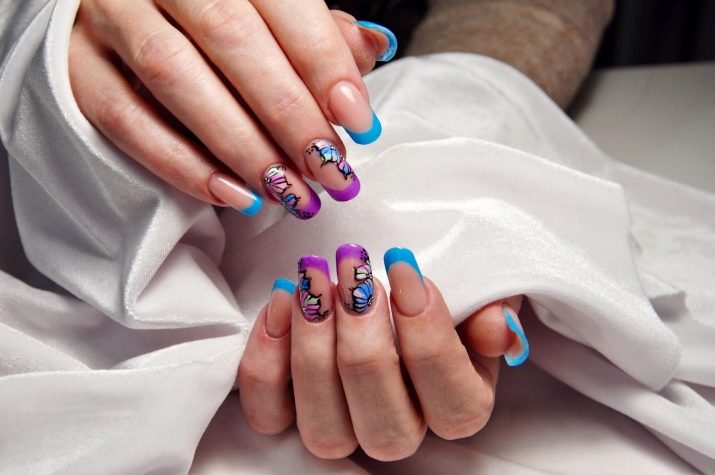
What types are there?
All existing types of nail extension involve the use of additional components. When using a gel, tips are often used, which are well known to those who have worn false nails at least once. On their basis, the basis for further decoration is formed. Another option is the use of foil forms. They are considered more difficult to work with, but they quite allow the use of both a gel-like and an acrylic base without restrictions.
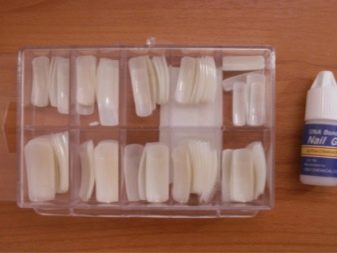
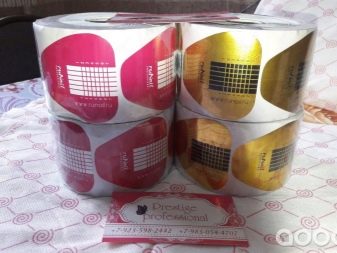
Different methods of nail lengthening make it possible to provide not only the correction of an insufficiently strong and durable base. They also quite successfully make it possible to obtain the desired length without the long and tedious regrowth and expensive treatment of the plate. Plastic tips and foil forms are easily attached to the place intended for them, subject to the technology, they do not move, remaining in place for the entire service life. As a rule, the removal of the old coating and the new build-up are carried out at least once every 3-4 weeks, it all depends on the growth rate of its own plate. But there are also limitations. Due to its low hygroscopic surface, acrylic is not recommended to be worn for more than 21 days in a row.

Who is getting extended nails?
There are a number of restrictions to minimize the possible harm from the procedure for girls and women. It is safe to wear nails extended with gel, acrylic or silk only if the manicure and all other manipulations are performed in a salon and by a certified master. It is simply impossible to ensure sterility at home. There are certain restrictions on the procedure for some manicure lovers.
- Women during the first few days of the menstrual cycle and 48 hours before it starts.
- Pregnant women, especially in the first and third trimester, when exposure to chemicals can affect fetal development.
- Girls who constantly or short-term taking hormonal drugs (for asthma, as a contraceptive). Similar guidelines apply to antibiotic users. It is better to forget about nail extension during the treatment period.
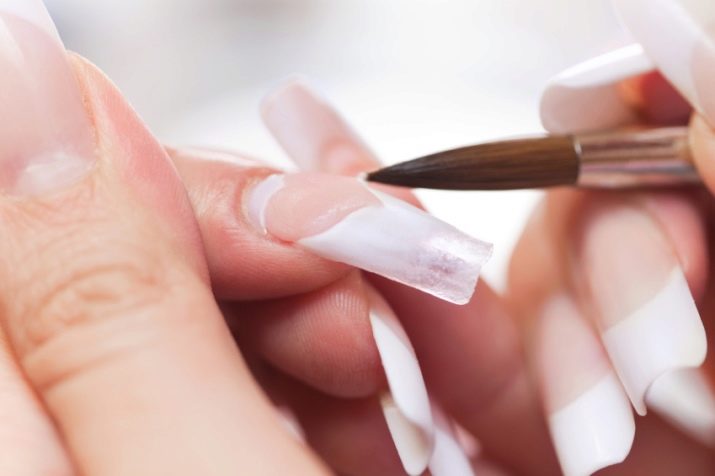
What options can you make?
Consider what extension methods are and what is best to do on short nails, as well as whether there are gentle lengthening methods. In search of their own ideal solution, visitors to nail salons are forced to choose between three main work formats. Gel build-up involves the use of a polymer that hardens under the influence of ultraviolet rays. This method leaves more room for the imagination of the master, makes it possible to easily correct the shape in the process.
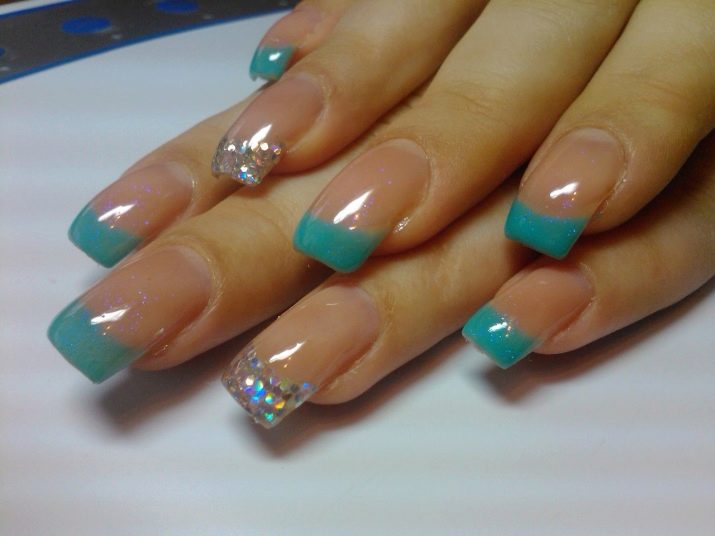
The acrylic coating of the nail polymerizes itself - it is often considered as a way to easily perform summer correction of the shape of the plates on the arms and legs before vacation. Fast results, a wide variety of decor options make it a seasonal favorite.
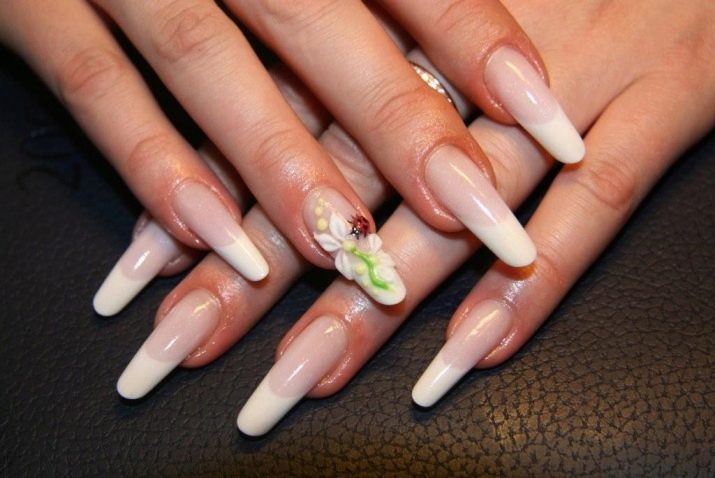
In addition, such a manicure is excellent for restoring cracks and chips, and allows you to abandon false tips in favor of forms. Another option is silk build-up, where textile components soaked in a special polymerizing composition act as a basis.
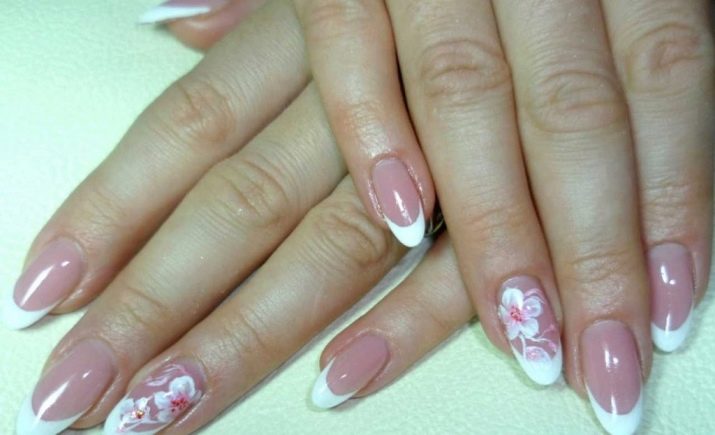
Silk extension technology
Silk technology is often called fabric technology. Indeed, extensions can be done both on flax and fiberglass. Pre-immersion in a special solution allows you to relieve the material of excessive softness. It becomes much stronger and easier to use. Getting started, the master processes and shortens the plate to the length he needs, prepares the silk for half the length, and fixes it, completely covering the surface from edge to edge. Next, a layer of gel is applied, on top of it the next flap of tissue, with a deviation from the cuticle by 1 mm.
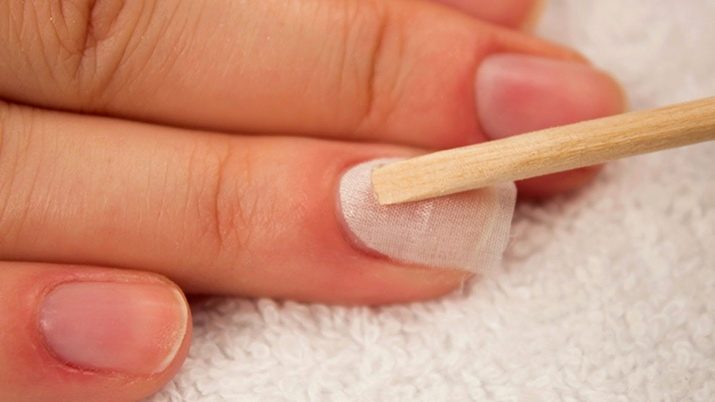
In this way, a complete coverage of the nail is formed step by step up to the free edge. After that, the result is sent to polymerization. During this procedure, the edge of the nail plate is formed with tweezers in the shape of a Latin C. Then the gel is applied again, the free edge is sawed off, a modeling transparent gel is applied, which allows you to change and improve the overall shape. At the end of the work of the master, a protective coating is applied to the surface both for the nails themselves and for nourishing the cuticle.

Gel as a base for manicure
An impeccable salon manicure is just created on the basis of a gel. It makes it possible to easily form an aesthetic smooth finish with a glossy sheen. The naturalness of the external appearance is also emphasized by obtaining a more regular, natural shape of the edge of the nail plate.
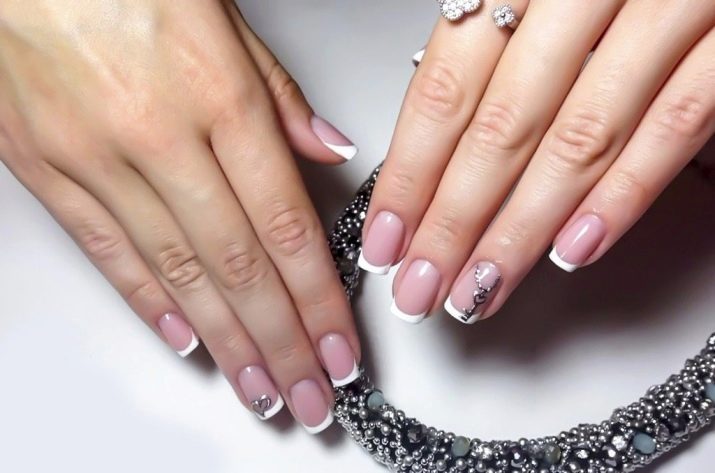
The gel building procedure is carried out in the following order.
- Obligatory disinsection of the working field - hands.
- Careful selection of tips, allowing you to find the desired length and shape for the nail.
- Removal or displacement of the cuticle, filing of the own edge of the nail plate, grinding the keratin coating from the surface.
- Application of a base on which the layers of gel will lie. After it dries, the tips are glued or a form is placed.
- The prepared gel is laid out for work, the nails undergo a thirty-second treatment under the lamp.
- With the help of a special composition, the desired length is formed, the drying process goes through.
- The edge of the gel nail is filed to the desired shape, the transition to the design of the external appearance is made.
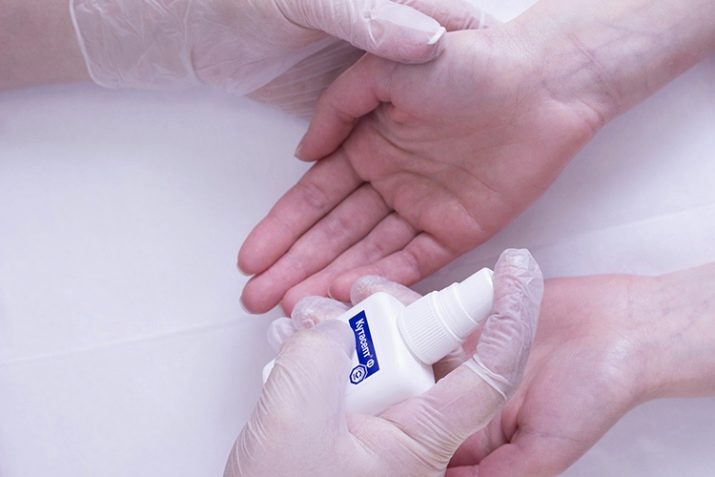


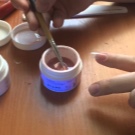


This is how "home" gel manicure products work. Professionals use more complex three-phase formulations.
Acrylic nail design
The use of acrylic polymer as a means for nail extension allows you to get a ready-made color coating that looks aesthetically pleasing and not too flashy. The material itself polymerizes, without requiring long and difficult drying, has high strength, and is not too demanding on the length. Preparation of the nail plate in this case requires rather intensive filing until a flat, flat surface without grooves and bulges is obtained. The dust-free working area is covered with a special degreasing base - a primer.

Then the shape is fixed on your own nail or fixed tips. On top of it, a layer of primer is again applied, and then acrylic, forming a new length. After the polymer has dried, the mold is removed, the edge is filed and aligned. The surface is covered with a layer of transparent protective compound. If you plan to do further decoration, you can proceed to it almost immediately after the completion of the main stage of work. The finished coating of extended nails looks aesthetically pleasing, lasts a long time, does not require special care or correction at home.
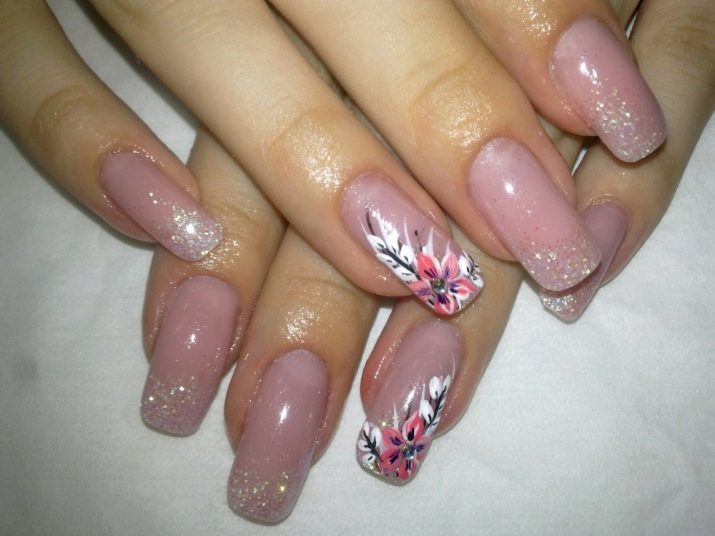
Can you build up your nails with shellac?
Shellac coating, which is popular today, is a composition that polymerizes in UV rays for correcting the shape of the nail plate. But experts use it quite successfully when increasing the length. Working with the material is carried out mainly on tips and differs little from the classic gel extension. In this case, the nail is injured much less. It is believed that shellac provides a more gentle effect on the surface of the plate.

How to build up nails with a gel system, you will learn from the video below.








